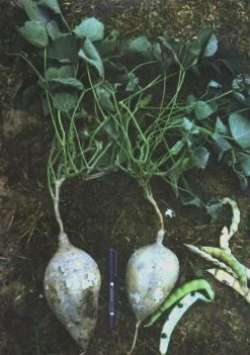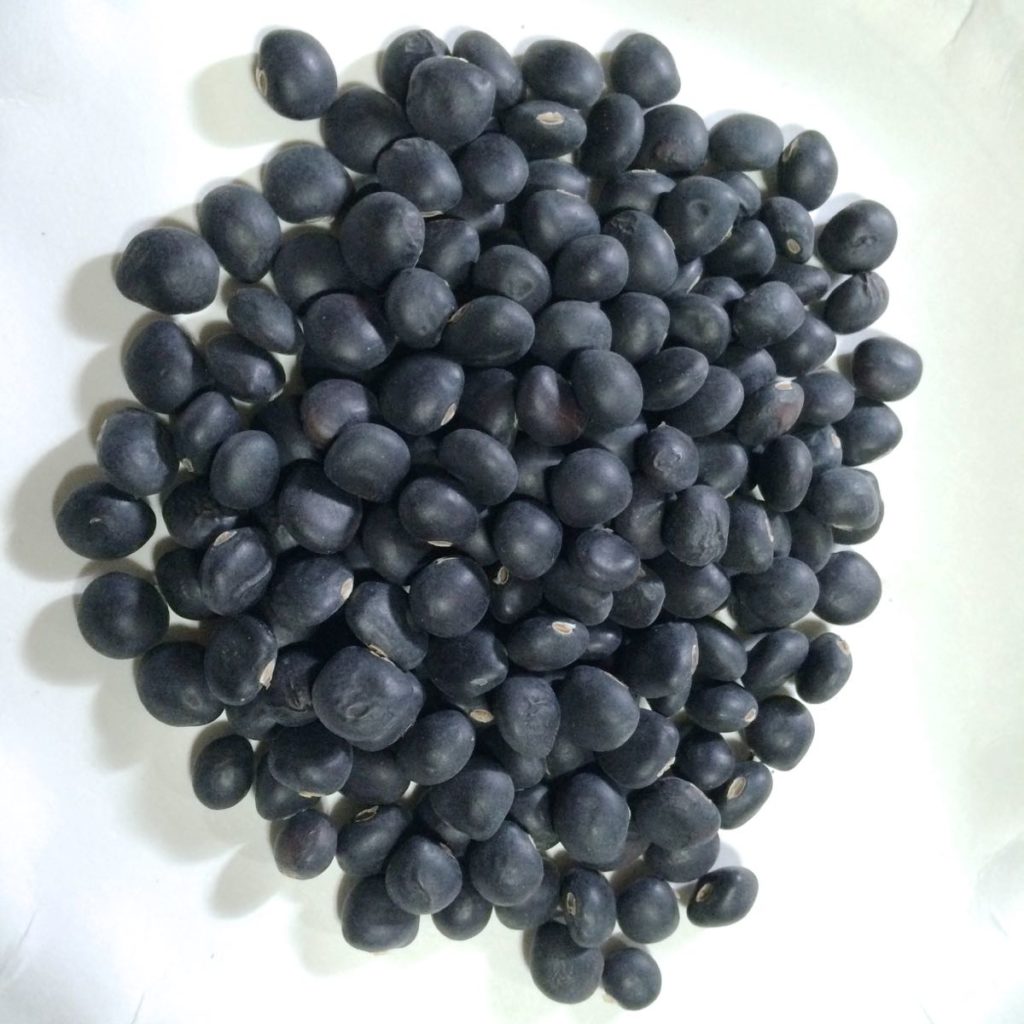ahipa (Pachyrhizus ahipa), Blog
Ahipa: Getting to the root of beans

Ahipa (Pachyrhizus ahipa) is one of a few varieties of bean that have been bred for their roots, rather than for their seeds (the beans). It produces a storage root that tops out at about 2 pounds in its native region in Bolivia. The root is used similarly to yacon: more like a fruit than a vegetable. It is starchier and usually sweeter than yacon. This is similar to its close Central American relative jicama (Pachyrhizus erosus) and the North American native ground nut (Apios americana), although its tubers are more like potatoes. You don’t eat the ahipa beans, because they contain the pesticide rotenone, although it is possible that this could be reduced or eliminated through breeding.
It is a really interesting vegetable, with good potential for North America since it is a bit more heat tolerant than most of the Andean crops. It is endangered in its home country, where it has been falling out of favor for a long time. I don’t know what all the reasons are for its decline. It probably suffers from the same cultural problems as a lot of the native Andean crops. They have long been associated with peasant life and poverty, rather than celebrated as the incredible achievements that they are. Urban consumers are largely unaware of the traditional crops. That seems to be changing in Peru. I’m not sure about Bolivia, but hopefully they will find a way to preserve and promote their horticultural heritage as effectively. There must be some way to describe ahipa as a super food and process it into various powders and potions for global consumption! On top of that, it is kind of a fussy crop; you have to prune the flowers before they start to set seed or the storage roots only grow as big as a salad radish. This means that you probably won’t see large scale production of ahipa any time soon.
I have been growing ahipa on and off since 2009. It is a challenging plant in this climate; it grows well, but requires a really long growing season. It has to be planted right about now for a harvest of seed in October. Only one variety has been widely available and, because of that, I haven’t grown very much of it. I like to eat what we grow and I like the idea of preserving rare varieties, but if I can’t do any breeding, I lose interest pretty quickly. Unfortunately, other than the variety ‘Tarija’, it has been almost impossible to obtain more varieties.
That is why I am really excited that we now have a small selection to work with!
I’m not sure if we have five or six varieties now. I think Tarija and Sur Cinti may be the same. Even five is a huge jump forward though, since it will now be possible to do a little breeding with this crop. Step 1 will be obtaining a good seed crop, step 2 will be making initial crosses, and step 3 will be multiplying the seeds up further so that we can offer some in the shop. I hope to accomplish all three this year, but it is possible that we’ll only get through the first two. Regardless, as long as the seeds germinate, I expect to offer all of them this year or next.


